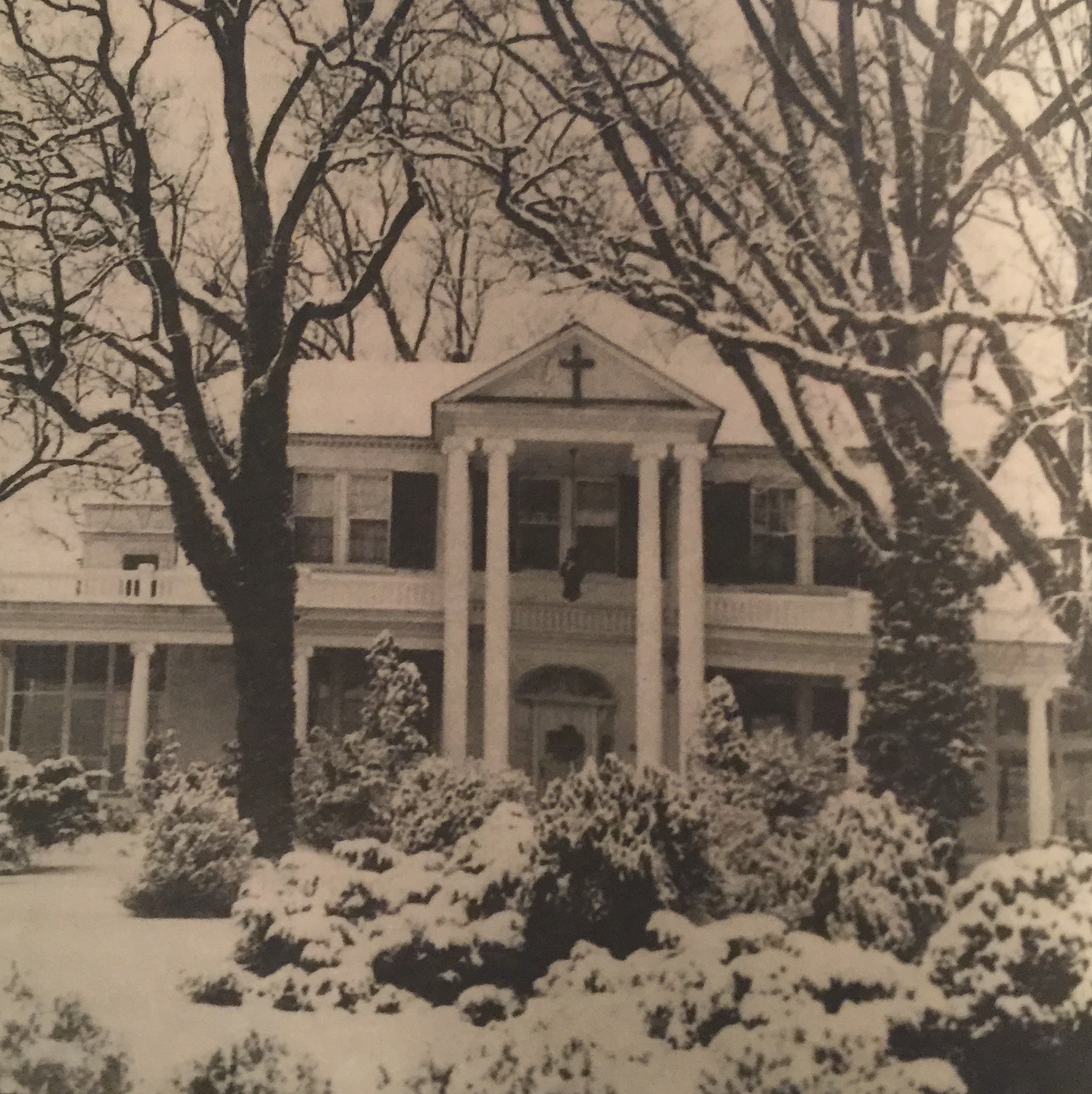Our neighborhood expresses a rich history, in which we take pride...
Here are some excerpts from the book, North Ridge Lore, a collection of stories about Alexandria’s North Ridge Neighborhood. These stories are based on interviews and research by the North Ridge History Committee.
HISTORIC HOMES
506 North Overlook Drive
Excerpt by Jean Beiro
This house is believed to have been used as a hospital by Union forces during the Civil War. Arnold Zimbro, who lived in the house from 1926-1933, recalls there were stains on the floor outside a third-floor bedroom that were said to be bloodstains, presumably from war casualties. Another theory, less widely circulated, suggests that it served as a residence for the Union surgeon general. This speculation is linked with the fact that the house was a relatively short distance from the Civil War Convalescent Camp which occupied a large area on the north side of Four Mile Run.
Mount Ida
Excerpt by Jean Weber
For generations, the mansion known as Mount Ida has dominated the hillside in North Ridge at what was 2404 Russell Road. According to legend, Charles Alexander named the site after the highest peak in Asia Minor, Mount Ida, a place of worship for "The Great Mother of the Gods" or "Mater Idea".
The stately home was built in the early 19th century by Charles Alexander, Jr., a sixth generation descendant of John Alexander, for whom Alexandria is thought to be named. Known as "Charles of Mount Ida" he inherited from his father a large tract of property that included most or all of North Ridge.
RELIGIOUS LIFE
Beverley Hills Community United Methodist Church
Excerpt by Vicki Smith
Beverley Hills Community United Methodist Church (3512 Old Dominion Boulevard) dates back to 1937, when Rev. William E. Basom was sent to the Washington suburbs by the Evangelical Church and received a grant of $20,000 to build a church for all denominational backgrounds. From the early days of Beverley Hills, the church has served as a community center for groups such as the North Ridge Citizens' Association. It is also the home of Beverley Hills Preschool, a pioneering cooperative preschool.
Blessed Sacrament Catholic Church
Excerpt by Rosalind Bovey
Blessed Sacrament Catholic Community (1427 West Braddock Road) started as a mission of Alexandria's St. Mary's Church in 1944, with masses celebrated in the Fairlington Grade School and the old Centre Theater on Quaker Lane. In September 1945, a contract for $90,000 was signed for what became the church in January 1946. Two school buildings and a convent were also added. Photo: Procession along Kenwood Avenue for First Communion in the 1960s. Courtesy: Blessed Sacrament Catholic Church.
ADDITIONAL HISTORIC SITES
Ivy Hill Cemetery
Excerpt by Robert Miller
Ivy Hill Cemetery (2823 King Street) at the southeast edge of North Ridge, became a community burial ground in 1856 as a part of an estate settlement. It covers approximately 24 acres.
When Alexandria was first established in 1749, there were no public burial grounds for its citizenry. All classes of people were either interred in private lots, outlying farms, or even in their own backyards. An Alexandria ordinance prohibited burials in the City after 1804. Several churches subsequently bought tracts of land outside the City limits in what was known as Spring Garden Farm (South Payne Street).
By the 1850s, many of Alexandria's cemeteries had fallen into a state of disrepair and neglect. An Alexandrian wrote in 1853 that the City was sadly neglectful of local cemeteries and called for a worthy site (Alexandria Gazette, Sept. 2, 1853). The establishment of Ivy Hill followed this appeal.
Photo: This bronze plaque at Ivy Hill Cemetery was placed there in 1992. Photo courtesy of Bob Miller.






